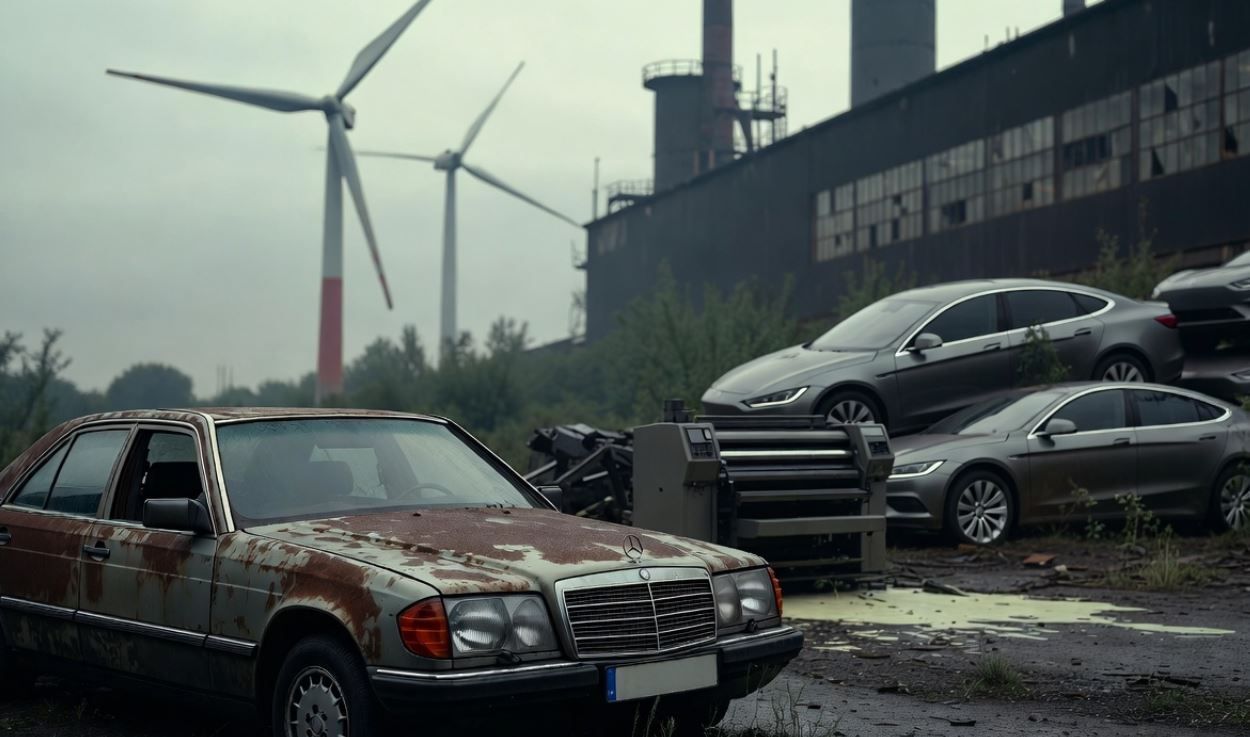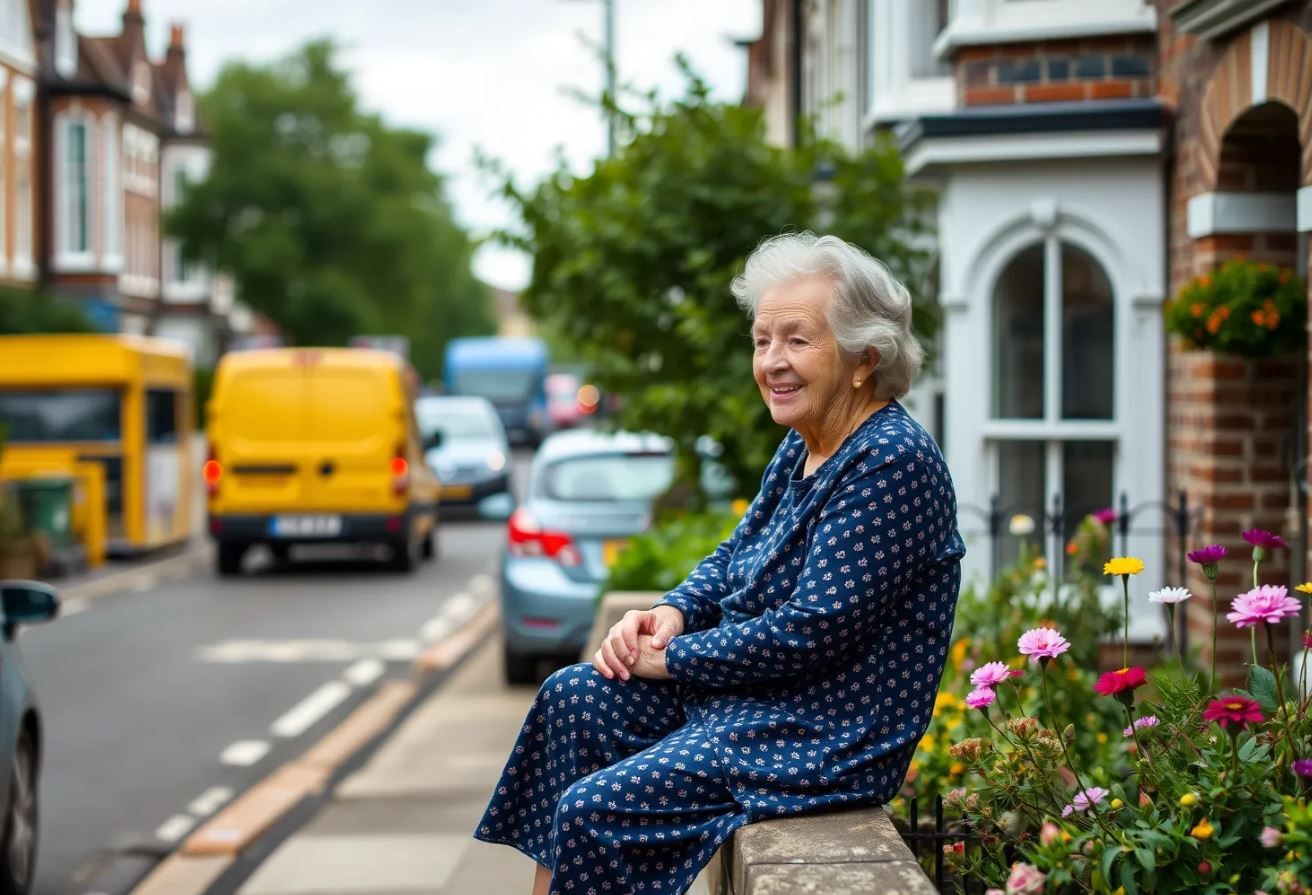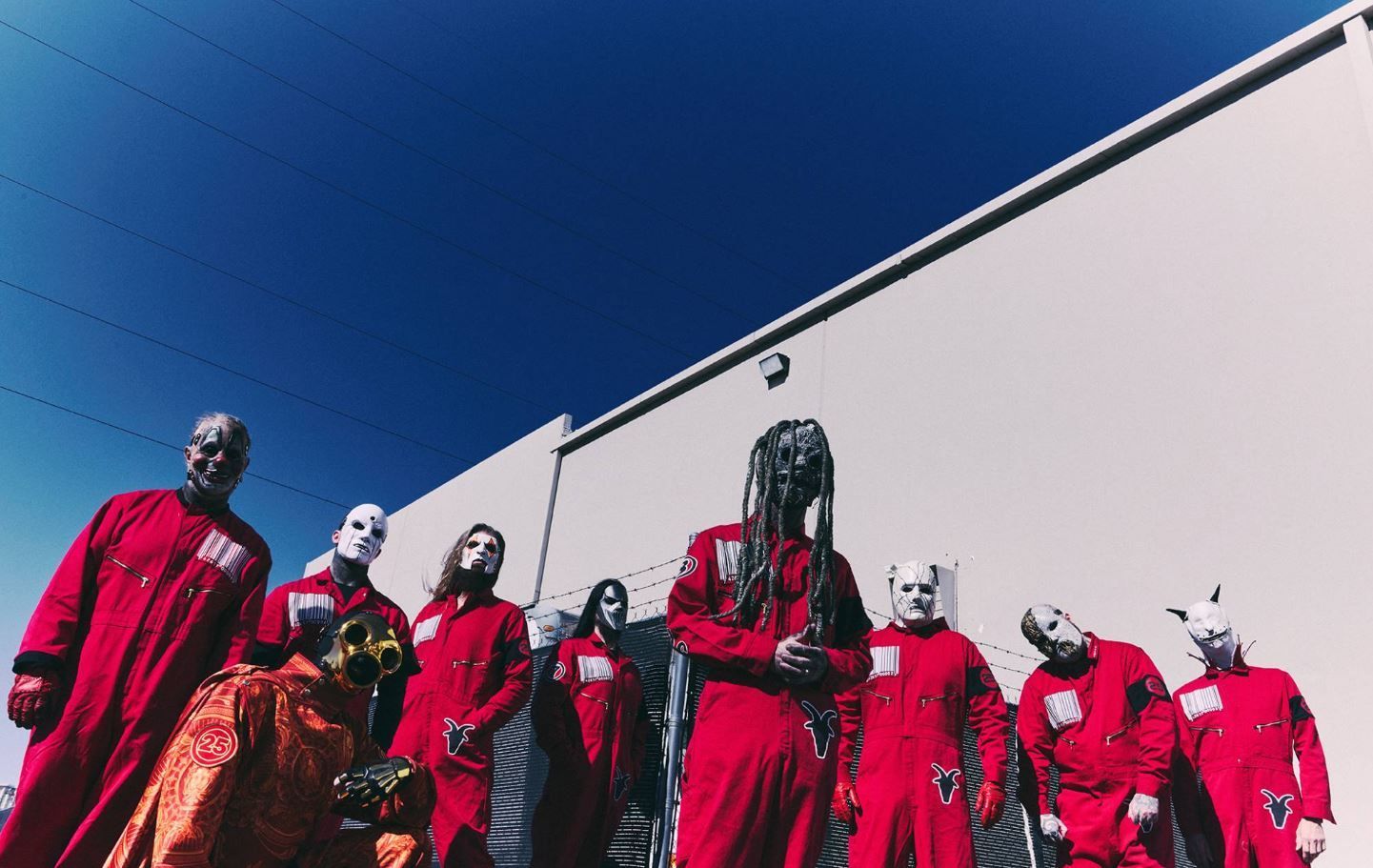The History of Advertising in the Heart of London
A City Steeped in Advertising Tradition
Once upon a time, in an almost distant land lived city of consumers everything one could wish for. It was London, a city steeped in advertising tradition as rich and diverse as the great city itself. So let's step back in time to trace the progression of advertising in the city that never sleeps.
It takes us back to the 17th century when churches in London were first started being used as an advertising space by putting poster ads on doors. By the time 1650 rolled around, bottles covered buildings and newspapers in the city. By 1819 it had become one of the most visited public spaces in London and was consequently a popular location for advertisers.
By the early 20th century, advertising on public transport was nothing new with horse-drawn omnibuses and even entires sides of buses covered in ads for knife polish, soap and cocoa. Eno's Fruit Salt was the first to use a 175-foot-long advertisement on the space over London Bridge station approach road in the 1920s.
The campaigns in London evolved over the years. In the 1950s, the first poster advert entered Piccadilly Circus and by the 1980s you would have seen those iconic huge neon billboards that now once defined London. The 21st century is the world of digital advertising; screens at Piccadilly Circus change mobile ad units according to real-time data — like the weather or amount of blue cars passing.
Advertising in London has depicted the growth and development of the city throughout its history. This tale, from the first poster on a church door to today's digital billboards, has always been one of innovation and adaptation in London advertising. While it is very much evolving, what is for sure this the future of advertising in London will be equally as vibrant and fast-paced thus making them a preferred sustainable option for the next-gen applications.
Lets discover the different types of more modern advertising including
signs London:











